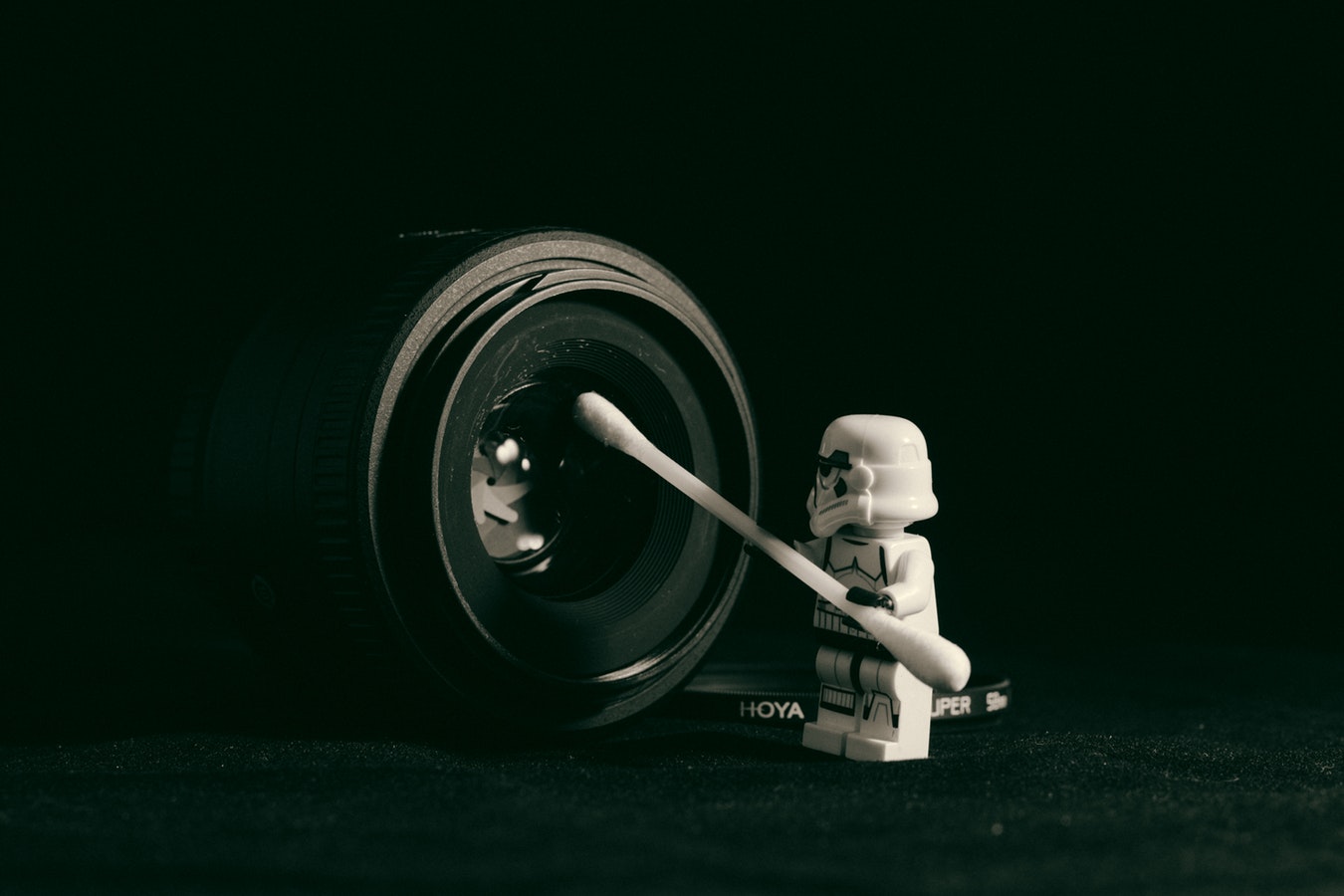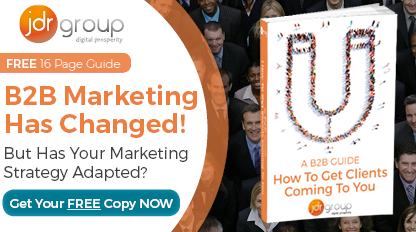5 Ways To Improve Your Image Optimisation

Images are a vital part of your SEO and you won’t find many websites without them. In fact, most websites will have images on most if not all of their pages. We live in a world where we expect what we’re looking at to be visually appealing and images on a website play a large part in making it visually appealing. However, there is so much more to images than meets the eye and many people forget about a very important term when adding images to a site: Image Optimisation.
Images can really help your search engine rankings when correctly optimised. If this isn’t enough for you to consider optimising your images, it is also important to remember that poorly optimised images can actually hurt your search engine rankings. This is due to a number of factors surrounding images that have an impact on your overall site which we will go over in the below points. So, you know that optimising your images is important but what you can do to improve your image optimisation? Let’s get started.
Alt Tags
I feel as though I’ve brought this up so many times but adding alt tags to your images is so, so important in optimising them. Google cannot see what your images are depicting. You could have an image of a pizza on a website devoted to pizzas but, as far as Google’s crawlers know, it could be an image of a football or a dog. Alt tags allow crawlers to understand what your image is by associating them with keywords, which helps your SEO. Furthermore, alt tags can also help with the accessibility of your site as screen readers use them to tell people with visual impairments what an image is of.
Use The Right Type Of Image
Different type of images can be used to achieve different things and it is important to know when to use a certain image type. There are three main types of image to use on a website:
1. GIFs – These are good for simple images with few colours without gradients of some sort of blend. They also support animation which can look really good if used correctly. Additionally, they support images with a transparent background, although don’t always handle the transparency well. GIFs should not be used for complex images with lots of colour. JPEGs and PNGs are now more widely used than GIFs as they provide better quality while maintaining a smaller file size.
2. PNGs – PNG images are similar to GIFs in the sense that they support transparent backgrounds and are best for simpler images with few colours. They tend to produce better quality images with smaller file sizes than GIFs and also handle transparency better. Again, though, this file type should not be used for more complex images with more colours. Furthermore, they often tend to sacrifice a lot of quality when the file size is compressed.
3. JPEGs – If you’ve got lots of complex images with lots of colours on your website, this is the best file type to use. This file type will provide you with the best quality images with lower file sizes. JPEGs can be perfect for brochure or e-commerce websites that have lots of product images. They don’t, however, support transparency so when that is required, it is better to use PNGs or GIFs.
Resize Your Images
Large image files means more for your pages to load. The more your pages have to load, the longer it takes for your pages to load. The longer it takes for your pages to load, the more likely visitors will leave you’re site. According to DoubleClick, 53% of mobile sites are abandoned if they take more than three seconds to load. How frustrated would you be to find out that potential customers have left your website due to your images making your pages load slower?
It might make you even more frustrated when you realise that preventing this is as easy as resizing your images. There are a whole selection of tools online that make it easy for you to resize your images and it really has a positive impact on your website.
Prioritise Your Images
The more images you have on your site, the more file space they’ll take up and, as I’ve already mentioned above, this can lead to your pages loading slower. So, what can you do if your website contains a lot of images? Prioritise them! Think about which images are most important such as images of your products or services, for example. Also, think about which images on your site require the largest file sizes and if they’re worth keeping on your site.
A good place to lower the amount of file space your images take up is the decorative images on your site. These could include your buttons, borders and background images, for example. While they can really contribute to the aesthetic appeal of your website, they aren’t as important as images of your products or services. Think about replacing, resizing or changing the file format of less important images so that you can maintain the best quality for your most important images as well as maintaining a good site speed.
Links Back To Your Site
Images on your website are very important. Images you upload on platforms other than your website are also very important. A great way to get more visitors to your site is by generating links to your site and images are a great way to get links back to your site. For example, when you upload an image onto one of your business’ social media pages, you could include a link back to your website, as long as it is relevant. This gives the images you upload more of a purpose. Images are a crucial factor to consider when posting on your social media accounts. For some of the most crucial factors to consider when uploading to your business’ social accounts, check out this article.
Optimising Your Images
There are a lot of ways you can improve the optimisation of your images and, if you’re not sure about what you’re doing, it can be very time-consuming and can even negatively impact on your SEO. If you are unsure about what you need to do to improve you’re SEO, please feel free to get in touch with a member of our team. Also, if you’re unsure about why SEO works or why it’s important, check out this article.


